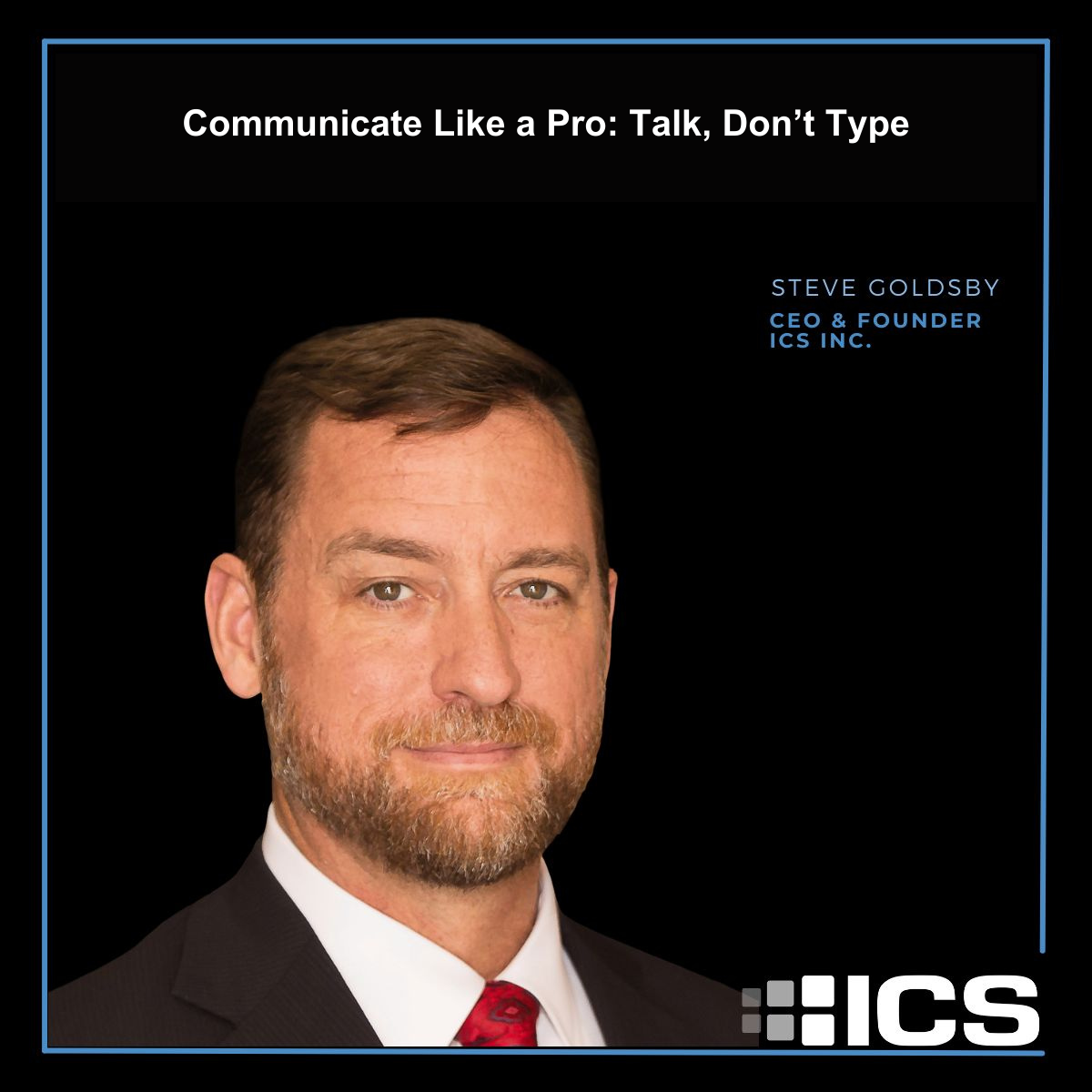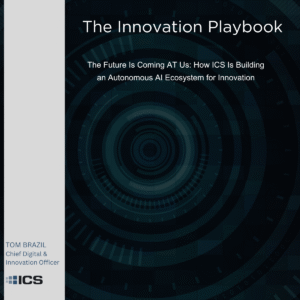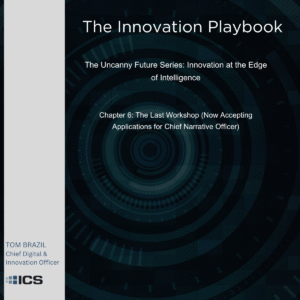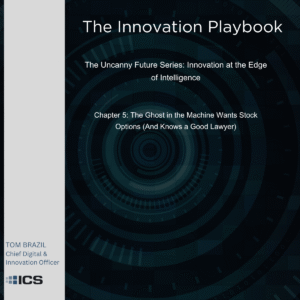In my tenure as a CEO in the government contracting arena, I’ve observed a pivotal trend: the over-reliance on email communication often leads to poor outcomes in Government and Industry. This isn’t just about miscommunication; it’s about the real costs incurred when trying to communicate and understand mission requirements.
The Over-Reliance on Email
Email and Written Solicitations, while efficient for transmitting data and maintaining records, has its pitfalls. In government contracting, where the stakes are high and the solutions complex, relying solely on the written word can lead to a fundamental misalignment between what is needed and what is delivered. The absence of interactive dialogue often results in a one-dimensional understanding of requirements, leading to solutions that, while technically sound, may fail to address the nuanced needs of the government.
The Unseen Costs
On the government side, there’s a risk of receiving solutions that, while meeting the stated requirements, fail to address the deeper, unstated needs that could only be discovered through direct conversation. For contractors, the cost is twofold: the immediate financial burden of developing losing proposal and the long-term impact of potentially losing credibility with our government customer because we “don’t understand” their requirements.
Phone / Video Conversations: Bridging the Gap
Phone conversations can serve as a vital bridge, offering a more immediate and responsive way to clarify complex requirements and expectations. My experience has shown that a video call not only clarifies doubts but also reveals insights that written communication might miss. Still, this is still a step removed from the most effective form of communication in our industry.
Face-to-Face: The Gold Standard
In-person meetings, though resource-intensive, are invaluable in government contracting. They allow for a level of engagement and understanding that other forms of communication cannot match. These interactions foster trust and partnership, crucial for developing solutions that truly meet government needs. By engaging directly, we can effectively tailor our proposals, ensuring that we are not just technically compliant but also strategically aligned with our clients’ broader objectives.
Let’s Talk!
To my peers in the government, I urge a reevaluation of our communication strategies. Let’s acknowledge the limitations of over-relying on email and embrace the fuller spectrum of communication. This is not just about improving our dialogue; it’s about delivering better solutions to our government partners and the warfighter.







